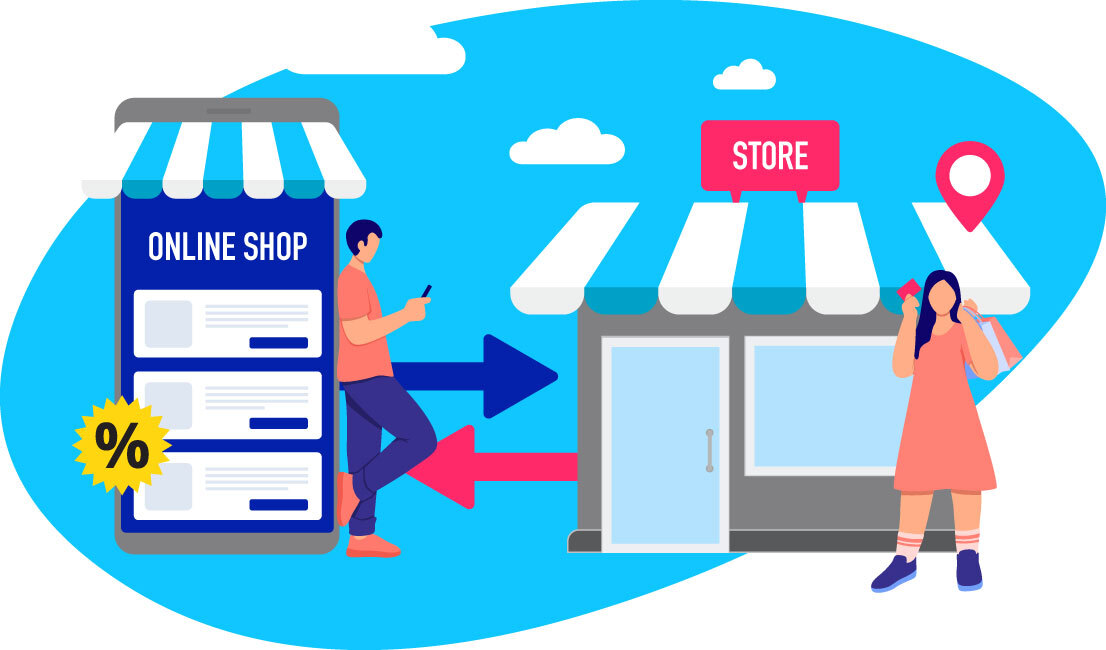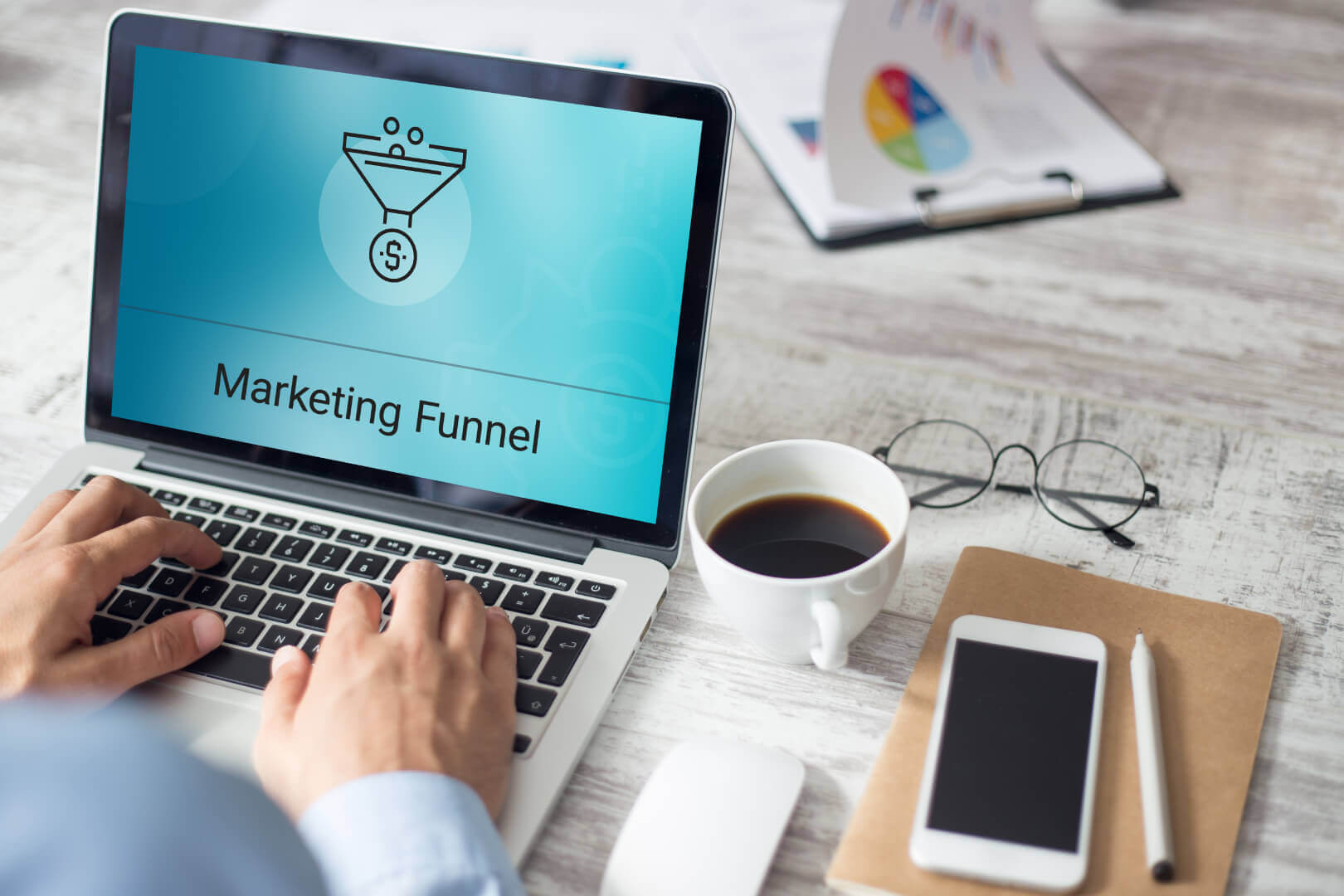7 min read
Any enterprise with a website should invest in CRO marketing. It is an invaluable way to monitor how visitors interact with your website, and to make sure you are taking necessary steps to encourage them to engage with your brand.
What Is CRO Marketing?
CRO stands for Conversion Rate Optimization. CRO marketing is a method of increasing the percentage of your website’s visitors who take a desired action (or, to use marketing speak, who ‘convert’).
Conversions are a marketer’s holy grail, but the term can mean different things depending on your company’s goals. If increasing sales is your priority, then conversions could mean purchases. However, a conversion can also mean:
1. Signing up to receive content like marketing emails
2. Registering personal information like an email address
3. Spending a certain amount of time on your site
4. Downloading content like white papers and reports
5. Upgrading a service to a higher tier
These KPIs (key performance indicators) all benefit your company, be it directly by generating revenue or by increasing engagement.
How Do You Calculate Conversion Rate?
You can use your chosen KPI to work out your conversion rate. Here is a simple formula:
Total number of conversions ÷ total number of website visitors x 100 = conversion rate
You will use these figures based on a set period of time. So if in the month of September, your website had 10,000 visitors, of who 2,000 converted, your conversion rate would be 20 percent (2,000 ÷ 10,000 x 100 = 20).
Why Is CRO Important?
CRO is vital to any business with a digital marketing operation, because it:
Generates revenue
Even indirect conversions like content downloads and registering personal information increase engagement, which are proven to help your bottom line in the long term.
Gives you more value from your existing customers
Redesigning your website layout or redoubling your online marketing operation will encourage conversions from current visitors, which is much more cost effective than attracting new visitors.
Improves the customer experience
A higher conversion rate means customers are engaging more with your brand, which means they are happier spending time or money on your website. It could be done with something as simple as a more readable font, a more inviting layout or a bigger Call to Action (CTA) button. Little changes like these can make all the different to the customer experience. And remember: a happy customer is a loyal customer.
Grows brand affinity
All this engagement means your brand is playing a bigger part in your customers’ lives. That makes them more likely to think of it when considering a purchase, and to spread word about it to friends and family.
How to Develop a CRO Marketing Strategy
1. Define ‘conversion’
As we have seen, a conversion can take many forms. In order to measure your CRO, you first need to decide which KPI you are going to measure. This can vary depending on the campaign you are running, but it is vital you define what your goal is. As is always the case with data, without the right metric, the data will be useless.
2. Map your customer journey
A good knowledge of how your customers found your brand’s website and how they interact with it thereafter is essential. Without this knowledge, it is impossible to determine which touchpoints can be improved in order to drive conversions. You should first collect and analyze data on your customers to determine which are most likely to convert. This data can include:
- Demographics (age, gender, income bracket)
- Psychographics (attitudes, aspirations)
- Geographics (location, locales)
- Interests
- Occupations
- Behaviors
- Priorities
AI can help you divide your customers into different segments based on this data, and then even create sub-segments within segments, for an even more granular customer view. Then you can rank these segments based on likelihood to convert, to ensure you only target the most valuable customers with timely and relevant marketing material that they will find compelling.
3. Analyze your current conversion process
Now it is time to ask yourself: why are your site visitors currently not converting? It could be due to:
- Difficult to read fonts
- Slow-loading web pages
- Unconvincing (or lack of) customer testimonials
- Images not loading or incorrectly formatted
- A CTA that is not compelling or easy to miss
- Intrusive ads/too many pop-ups
- Poor web page layout
- A disconnect between page headlines and content
To identify which pages have the most potential for increased conversions, look for those with the lowest ratio of traffic-to-conversion rate (i.e. those with the highest traffic, but the lowest conversion rate).
4. Test, test, test
Once you have identified an issue, you can test different solutions, for example three new fonts to see which is most readable.
Testing comes in two forms: A/B Testing and Multivariate Testing (MVT).
1) A/B testing tests two versions of the page you are optimizing, but only changes one variable (for example, the font). This lets you pinpoint exactly which elements drive or diminish conversions.
2) MVT lets you trial multiple variables for different versions of one page simultaneously. It is like doing multiple A/B tests at the same time.
Before conducting tests, you should consider every element on the page to see how it can be improved. For example, maybe full-page pop-ups will drive conversions, or you might be better off with a less intrusive CTA. You should also ensure that your content matches the context of the page to ensure clarity of messaging and minimizing any potential confusion.
5. Analyze
The big question: were you correct? If anything you changed did increase conversions, can you prove it conclusively? When analyzing your results, do not lose sight of your original goals and KPIs.
If any – or even all – of your tests failed, do not feel downhearted. Not every test will be a success, and you often learn more from a failed test than a successful one. Absorb those learnings, and move on to the final step.
6. Revise and re-test
This final step is an ongoing process of continual improvement. It may involve a small change like tweaking your edits, or a complete re-evaluation of your KPIs, resetting the company goals and conducting more customer research. Whichever is the case, as long as you are always learning, you are on the path to increasing your CRO.
CRO marketing is the embodiment of the mantra: do not work harder, work smarter. Instead of chasing more customers, it allows you to focus on your current ones, and to ensure you are serving them as well as possible. Because no business ever suffered for looking after its customers.
* Are you looking to optimize your conversion rates? Our full-funnel CrossX advertising solutions powered by advanced AI technology can help. Get in touch with our team today for an exclusive consultation.



